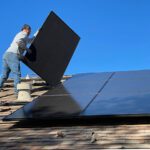Search for Alternative Energy Production is Spurring Innovation
Electronic power and signal connectors will play a key role in the exploration, development, management, and distribution of sustainable energy production.
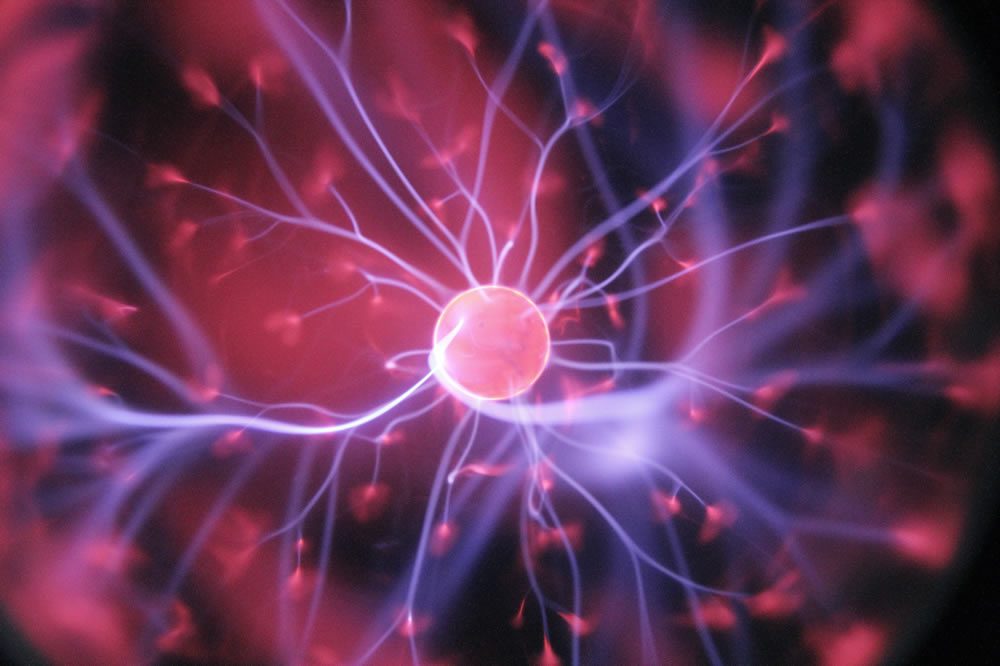
A funny thing happened on the way to American energy production independence. Reducing our reliance on not-so-friendly foreign countries for such a critical resource had become a national security priority. Starting around 2009, a combination of new technologies, including fracking and horizontal drilling, allowed the U.S. to become the number one global producer of petroleum and natural gas by 2013.
The term energy independence is often misused. A more accurate measurement would be to add up all our energy production, including oil, natural gas, nuclear, coal, and renewables, and then subtract our net energy consumption. In 2020, the U.S. became a net oil exporter for the first time in modern history. We have been oscillating back and forth between a net importer and a net exporter ever since, mainly due to the Covid-19 pandemic, when energy production plunged, then demand quickly recovered.
Alternative Sources for Energy Production
Solar and wind energy production has been at the forefront of the effort to wean the world off fossil fuels. Immense arrays of solar panels and giant wind turbines are sprouting up around the planet to satisfy an increasing percentage of total energy demand. High-efficiency solar panels are being installed on the roofs of commercial businesses, residential homes, and carports. Unfortunately, these sustainable sources are considered intermittent and unable to deliver energy 24/7, which requires traditional oil, natural gas, or coal-fired backup resources ready to go online on short notice.
Changes in the geopolitical environment are adding another dimension to the quest for energy. Germany, for instance, chose to aggressively adopt a green energy policy, quickly becoming dependent on solar, wind, and Russian natural gas while closing nuclear generation plants. The limitations of wind and sun energy production, the Russian invasion of Ukraine, and growing concerns about climate change have disrupted any vestige of order in the global energy market.
Resurging interest in nuclear energy production would provide a nearly ideal solution, but political and environmental issues cloud the broad implementation of a new breed of micro or small modular reactors. A hopeful sign is the recent approval for certification of a small modular reactor to be installed in Idaho. The Biden administration recently funded a $6 billion program to assist existing nuclear power generation stations at risk of closing due to economic conditions, as well as extending the licensed life to 80 years.
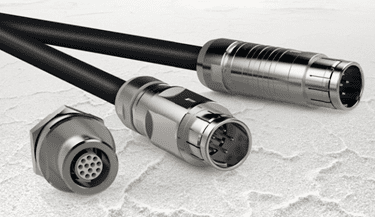
Fischer Core Series stainless steel connectors are ideal for nuclear power generation applications. They offer excellent chemical, temperature, and radiation resistance.
Despite progress reported from research facilities around the world, we are many years away from energy production using controlled nuclear fusion. The promise of sustainable energy production has resulted in an unusual alliance between Google and Chevron. Together they have invested $250 million in TAE Technologies, a startup that has raised $1.2 billion to develop a commercial grade fusion reactor by the early 2030s.

Wind turbine blade designs.
Even hydroelectric power, which is viewed as a sustainable energy source, is being threatened by long-term drought conditions in the U.S. and other countries.
In the short term, engineers continue to refine wind and solar power generators. The world’s largest wind turbine was recently completed in Østerild, Denmark. Sporting three 108-meter blades, this offshore turbine has a maximum generating capacity of 15 MW. Intense research has focused on improving the efficiency of wind turbines to squeeze more energy from the wind. Engineers at the Technical University of Denmark (DTU) have utilized advanced design and simulation software to optimize blade designs that utilize lighter and stronger materials to improve efficiency, especially in lighter breezes. World Wide Wind, a Norwegian startup, is developing a contra-rotating floating turbine that promises to more than double the output of the largest conventional turbine. The company envisions a fleet of these devices that could be as tall as 400 meters, each generating 40 megawatts.
The performance of photovoltaic solar cells continues to improve. Traditional solar cells are based on silicon, which has a maximum predicted efficiency of about 26%. Advances in material science have enabled the production of tandem perovskite silicon solar cells that break through the 30% efficiency barrier, while offering a 30-year service life. A team at New York University has developed a thin film that converts UV and blue photons from sunlight to near-infrared photons to make use of wavelengths that are ignored by conventional solar cells.
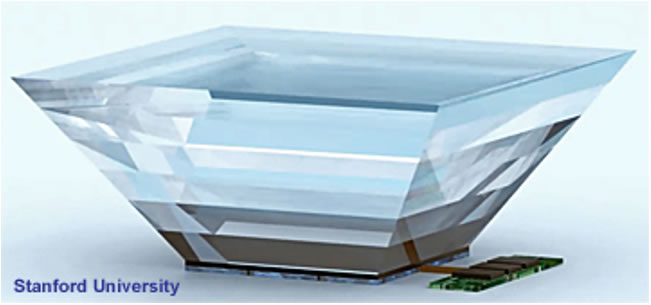
Researchers at Stanford University have developed an experimental inverted micro pyramid concentrating lens which is designed to improve efficiency. When applied to a solar panel, the amount of sunlight collected is tripled, as the angle of the sun changes throughout the day, significantly increasing total energy output.
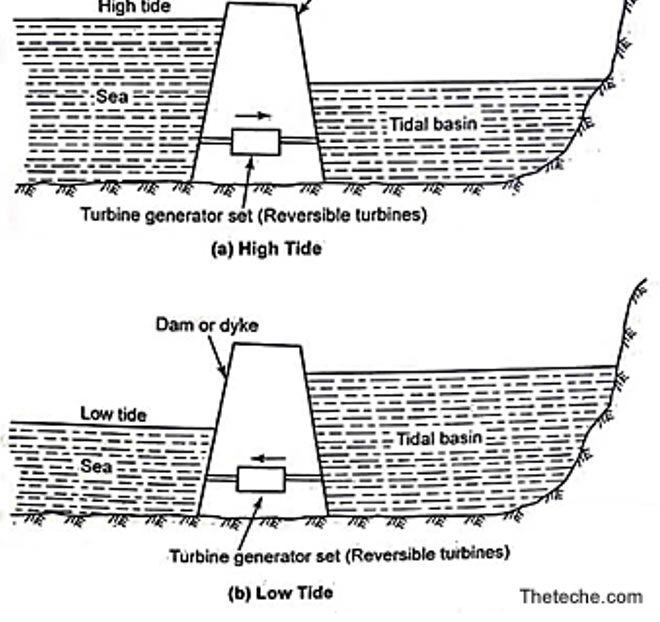
Japan, which has a climate that limits access to efficient wind and solar generation, has been actively developing tidal flow and ocean current generators. For a nation with many miles of ocean shore, tidal energy generators make sense. They can consist of a turbine anchored to the ocean floor and float in the consistent current. More sophisticated tidal generators are built into a reservoir structure to harvest power whenever the water level in one area is higher than the other.
Wave action on open oceans is being tapped by a UK company named SWEL, which has prototyped a device that consists of a long string of plastic floats that follow the contour of the surface. Undulating waves cause a lever connecting adjacent floats to generate electricity.
Another approach uses an artificial blowhole that forces water from wave swells into a chamber. When the water drains out, it creates a powerful vacuum that sucks air through a turbine generating electricity. A 200-kW test platform has been operating for a year on King Island off Tasmania.
Many alternative energy projects are focusing on short-term supplemental support of wind and solar generation. Several proposals call for hoisting heavy weights using excess electrical energy and using the stored kinetic energy to turn a generator when the weight is released. Installations in vertical mine shafts and a designated hollow core in new apartment buildings have been proposed.

Phoenix Contact’s LPT and LPC connectors have both levered and spring technology: You can terminate the wire by simply pushing it in the spring terminal, or by opening the lever to activate the spring. These connectors are used in an integrated battery system that stores solar energy.
Grid scale batteries have been installed at several California electric utility sites to provide short-term power during energy demand surges. Flow batteries use liquid electrolytes to store chemical energy which can be converted to electrical energy. This process is scalable, but the cost of materials is a challenge. Recent advances have identified lower cost and more environmentally friendly organic compounds that feature stability over many recharge cycles. A unique sand battery consists of a large, insulated tank filled with ordinary sand. The sand is heated to 600 °C and the thermal energy stored until needed. Calculations indicate the ability to store 8 megawatts-hours of energy in such a system which can be released to generate 100 kw of power.
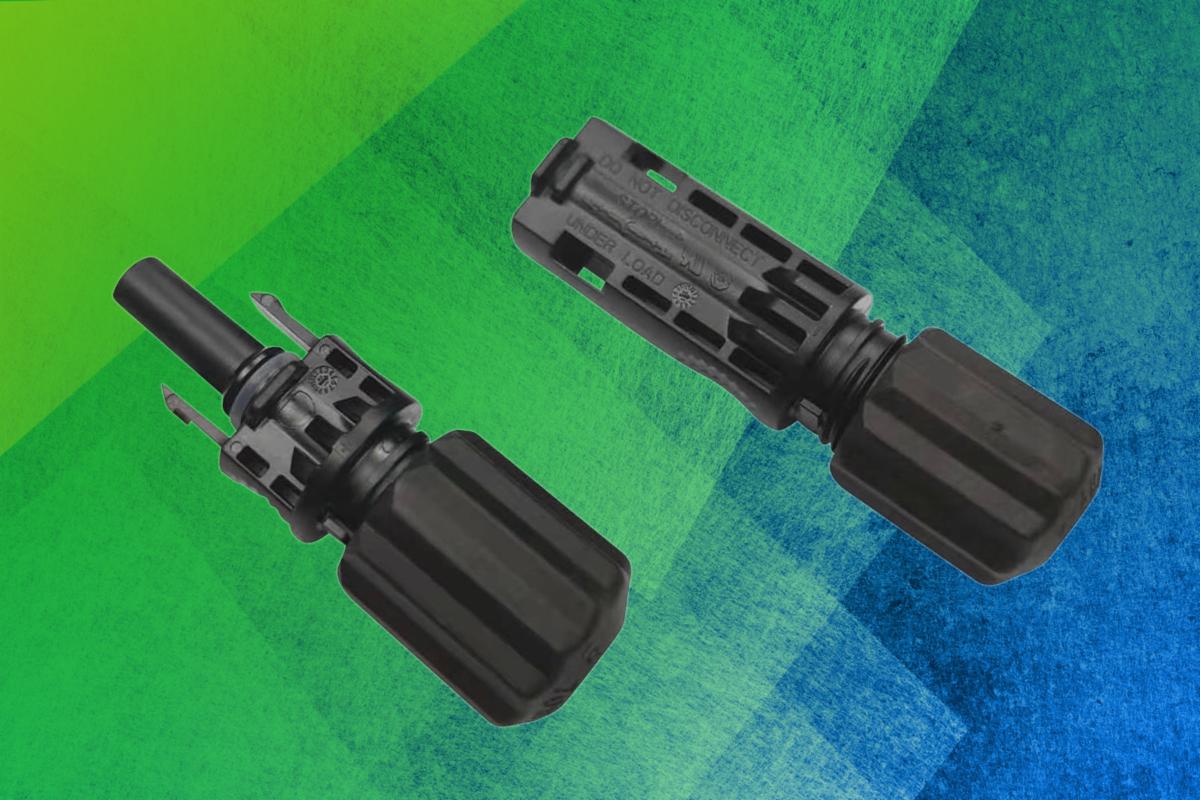
Amphenol Industrial Operation’s Amphe-PV H4 Plus is designed for use in photovoltaic PV modules, inverters, and installations.
An immense source of energy sits directly under our feet. Geothermal energy in the form of hot water and rock from deep within the earth have proven to be a reliable and essentially unlimited source of power in such diverse locations as New Zealand, Indonesia, and Turkey. Geothermal sources provide 66% of Iceland’s primary energy consumption. In 2019, geothermal facilities generated about 0.4% of all U.S. power generation. To date, geothermal energy has been largely limited to volcanic regions, making access relatively simple and cost-effective. The Department of Energy issued a report in 2019 which forecast geothermal electricity generation could increase more than 26-fold by 2050, targeting the Western States and Alaska as having excellent hydrothermal development potential.
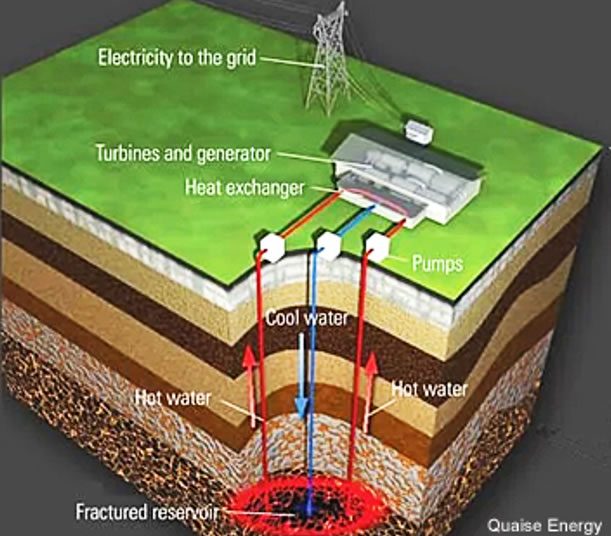
Quaise Energy is developing a unique drilling technique that can tap this energy almost anywhere. Their concept uses high-power millimeter waves to blast rock down to 20 km, where temperatures reach 932 °F, to harvest massive amounts of carbon-free energy. This boring technology vaporizes the rock and creates a vitrified lined hole.
Hydrogen has long been considered an environmentally friendly alternative to the combustion of hydrocarbon fuels, as the byproduct is simple water. The problem has been how to safely store and transport hydrogen in its gaseous form. It can be compressed and stored as a liquid, but that requires extremely high pressures and energy. Two new projects are focused on developing a process of storing and recovering hydrogen trapped in a solid-state material. The most promising approach uses a mechanical process to trap hydrogen in a porous silicon-based powder. Adding water and sodium hydroxide releases the hydrogen, leaving inert silicon dioxide.
A more unconventional approach to energy generation and storage is the CO2 energy storage facility. Energy Dome has built a 2.5 MW pilot plant that stores huge volumes of carbon dioxide gas. To charge this “battery,” the system compresses the gas into its liquid form and stores it at ambient temperature.

Discharge occurs when the liquid CO2 is allowed to expand and is directed through turbines and out to a flexible dome storage bladder. Developers claim over 75% round-trip efficiency.
Recent examples of extreme weather are convincing more climate change skeptics and stimulating the search for pollution-free energy sources. Some of these alternative energy schemes are not scalable to the levels needed to make a significant difference while others will never leave the laboratory. It is unclear which, if any, of these concepts will become economically feasible but engineers are applying innovation to usher in a new day of environmentally sustainable energy.

The Amphenol BarKlip connector is an ideal blind-mate busbar connector for power distribution applications. It offers low resistance, wide wire range of 8 to 2 AWG, and compliant spring contacts that compensate for busbar mis-alignment.
Power and signal connectors of all types will play a key role in the exploration, development, management, and distribution of sustainable green energy. Features including long-term reliability, environmental sealing, ruggedness, low contact resistance, and simplified field installation and maintenance will be important connector selection factors. The ability to monitor and diagnose connector problems before a power line fails could become a valuable capability to insure the reliability of next-generation power distribution systems.
Learn about connectors for energy exploration, connectors for underwater applications, and EX- and ATEX-approved connectors for energy applications.
See Bob Hult’s Tech Trends series to see how interconnects have supported technological change in every market.
Like this article? Check out our other Alternative Energy and New Technology articles, our Industrial Market Page, and our 2022 Article Archive.
Subscribe to our weekly e-newsletters, follow us on LinkedIn, Twitter, and Facebook, and check out our eBook archives for more applicable, expert-informed connectivity content.
- Optics Outpace Copper at OFC 2024 - April 16, 2024
- Digital Lighting Enhances your Theatrical Experience - March 5, 2024
- DesignCon 2024 in Review - February 13, 2024
